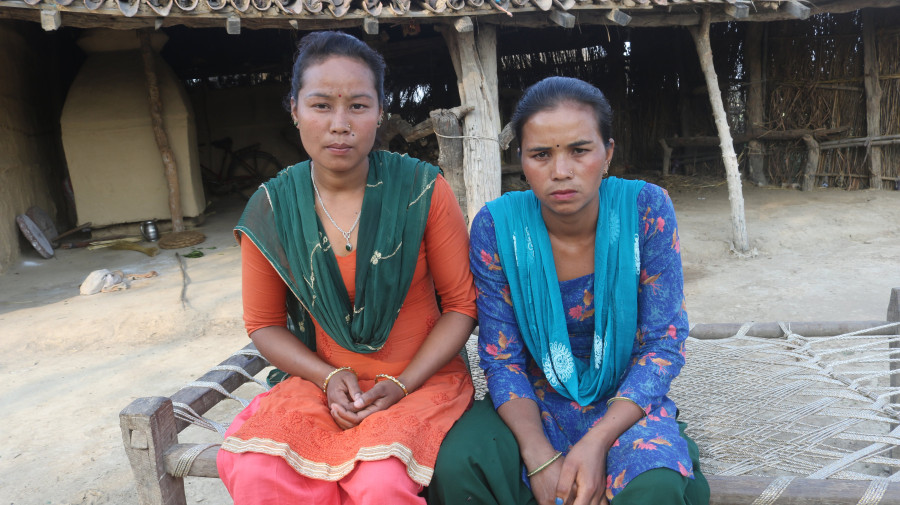Lumbini Province
Human-animal conflict persists along Khata bio-corridor
There has been an increase in the movement of tigers and elephants and some of them have started entering the nearby settlements frequently.
Kamal Panthi
Settlements along the Khata corridor, a 24-km pathway along the shared border of Bardiya National Park in Nepal and Katarniaghat Wildlife Sanctuary in India, have been facing increasing threats from the wildlife that use the corridor.
In mid-March, 55-year-old Samundri Budakshatri and 50-year-old Dhansari Gurung of Madhuwan Municipality ward 10 died in a tiger attack. They had entered the Chirauto Community Forest to collect firewood.
On September 21, 2020, twenty-six-year-old Ganga Khatri of Madhuwan-3, was also killed by a tiger in the Samjhana Community Forest.
The increase in wild animal attacks has created panic among the locals living in the area, says Hari Prasad Tharu of Madhuwan Ward 3. According to him, in the past month, there has been an increase in the movement of tigers and elephants and some of them have started entering the nearby settlements frequently.
Over the past two weeks, elephants have destroyed about a dozen houses in the Baridiya National Park’s buffer zone.
“We stay up at night in fear of tigers, and during the day we work in the fields looking over our shoulders for elephants,” said Tharu. “Elephants have been destroying houses and damaging crops in the villages. There are no barriers along the bio corridor to prevent wild animals from entering the settlements.”
.jpg)
There are more than half a dozen community forests along the bio corridor and more than a dozen settlements including Bhadariya, Kothiyaghat, Dipakpur in Madhuwan Ward 3, and Dhanuriya and Sonahaphanta in Madhuwan Ward 1.
According to Prabin Bidari, head of the District Division Forest Office, four people have been killed in tiger attacks in the current fiscal year. Bidari says the forest office understands the need to build fences along the corridor to prevent wild animals from entering the settlements, but has not been able to do so for a lack of a budget.
"The office has requested for funds several times to build fences and to secure nearby settlements, but the Ministry of Forests and Environment has yet to release a budget,” said Bidari. “However, putting up fences is only a preventive measure. The locals living in the area should also be careful when entering community forests inside the national park area. Elephants and tigers have been using this traditional corridor for years and it will disrupt their migration pattern if we create disturbances along the corridor.”
According to Hari Gurung, the chairman of the Khata Community Forest, the locals enter the forests near the traditional route for grazing cattle, and for collecting fodder and fuelwood. Human-animal conflicts occur because the locals do not follow the safety instructions and guidelines while entering the forest, he says.
“The division forest office instructs the locals to go in groups if they have to go anywhere near the traditional wildlife route, but the locals don’t pay attention and ignore the instructions,” he said.
According to the data of the Division Forest Office, in the past four years, 11 people have lost their lives to tiger attacks along the Khata corridor alone. In the district, at least 27 people have died in various wildlife attacks during the same time period.
“Most of the wild animal attacks took place within the forest area. And most attacks were on locals who went into the forest to collect hay and firewood. It is very important for people to be aware of the dangers of entering forest areas without following protocol,” said Ashok Kumar Bhandari, the chief conservation officer of the Baridiya National Park.




 8.12°C Kathmandu
8.12°C Kathmandu










